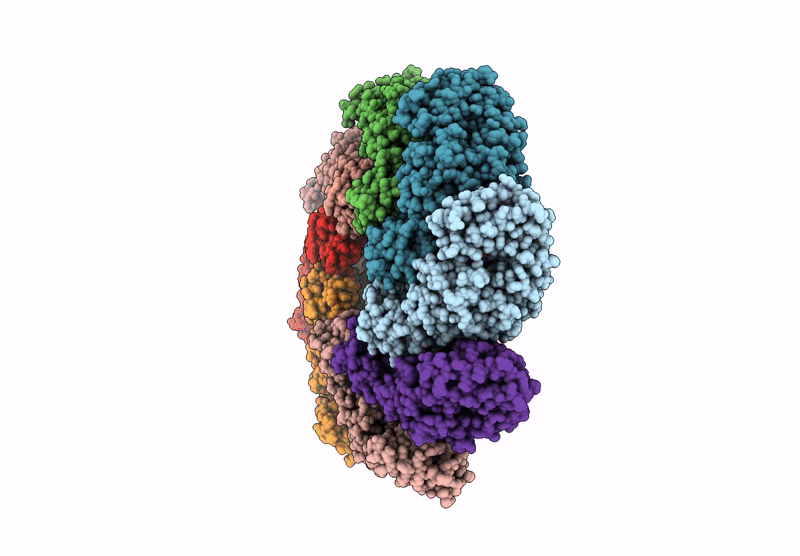
Deposition Date
2024-12-17
Release Date
2025-03-19
Last Version Date
2025-09-24
Method Details:
Experimental Method:
Resolution:
3.55 Å
Aggregation State:
PARTICLE
Reconstruction Method:
SINGLE PARTICLE


